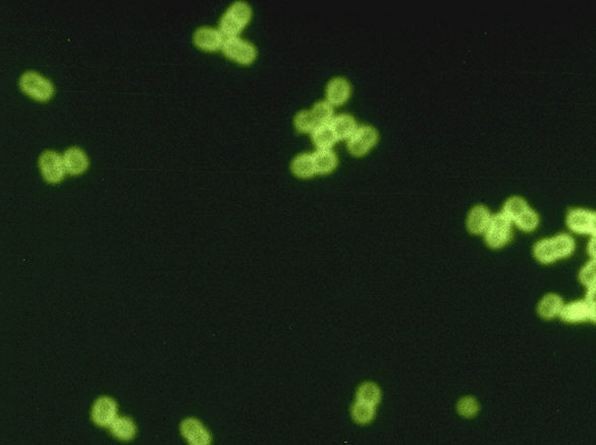China's stubborn air pollution isn't only chemically toxic. It's also packed with disease-causing microbes that make it more dangerous to human health.
Gu Weidong, vice president of China Energy Society, said the presence of harmful and possibly pathogenic microbes is directly linked to China's water and soil pollution that breeds harmful microbes.
Gu said Beijing is surrounded by more than 2,000 garbage dumps and the amount of garbage is increasing by eight percent to 10 percent every year. The rapid formation and spread of toxic smog is related to the rapid proliferation of microbes, according to research cited by Gu.
Chinese researchers used genome sequencing to identify some 1,300 different microbial species that were contained in the smog that hit Beijing in January 2013. While the found most of the microbes were benign, they also found microbes responsible for allergies and respiratory disease in humans, said the magazine Nature.
They also noted that with heavier pollution, the number of microbe-causing allergens and pathogens increased. Alarmingly, this suggests these microbes might present an additional health threat to vulnerable groups such as older people or the sick.
To identify these disease-causing microbes, researchers used a new approach called metagenomics that identifies broad families or genera of bacteria. The study of Beijing smog was the first time research tried to determine the particular species of microbes in smog. Scientists said this is important for assessing their pathogenic potential.
"It's a proof of principle that one can extract and identify these microbes at the species level," said Ting Zhu, a biologist at Tsinghua University, Beijing. "It adds to our understanding of what we inhale every day."
The most abundant species identified in the smog over Beijing was Geodermatophilus obscurus, a common soil bacterium.
Scientists, however, also found Streptococcus pneumoniae, which can cause pneumonia in Beijing smog. There was also Aspergillus fumigatus, a fungal allergen and other bacteria typically found in human poop.
The proportion of these species increased by two to four times on the smoggiest days.



























